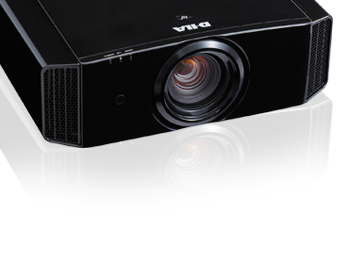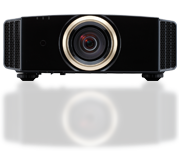D-ILA
JVC video projectors are used in some of the most demanding applications, from flight simulators to medical imaging to the home theaters of Hollywood directors and devoted enthusiasts. And while there is a JVC projector engineered specifically for each application, they are all based on the same JVC technology – D-ILA.











